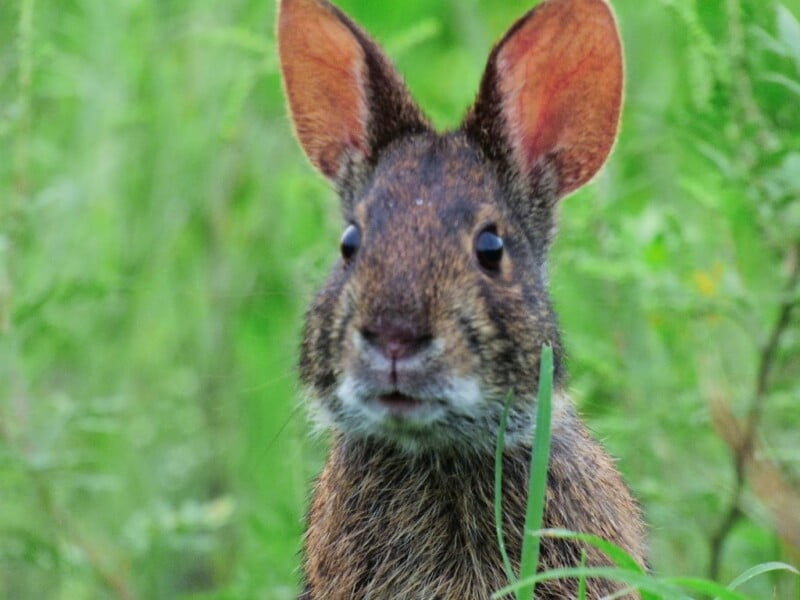In the diverse ecosystems of the U.S. Southeast, the marsh rabbit (Sylvilagus palustris) serves as an integral species, particularly within forests and marshes. Known for its preference for wet environments, the marsh rabbit thrives in areas where thick vegetation provides necessary cover and food sources.
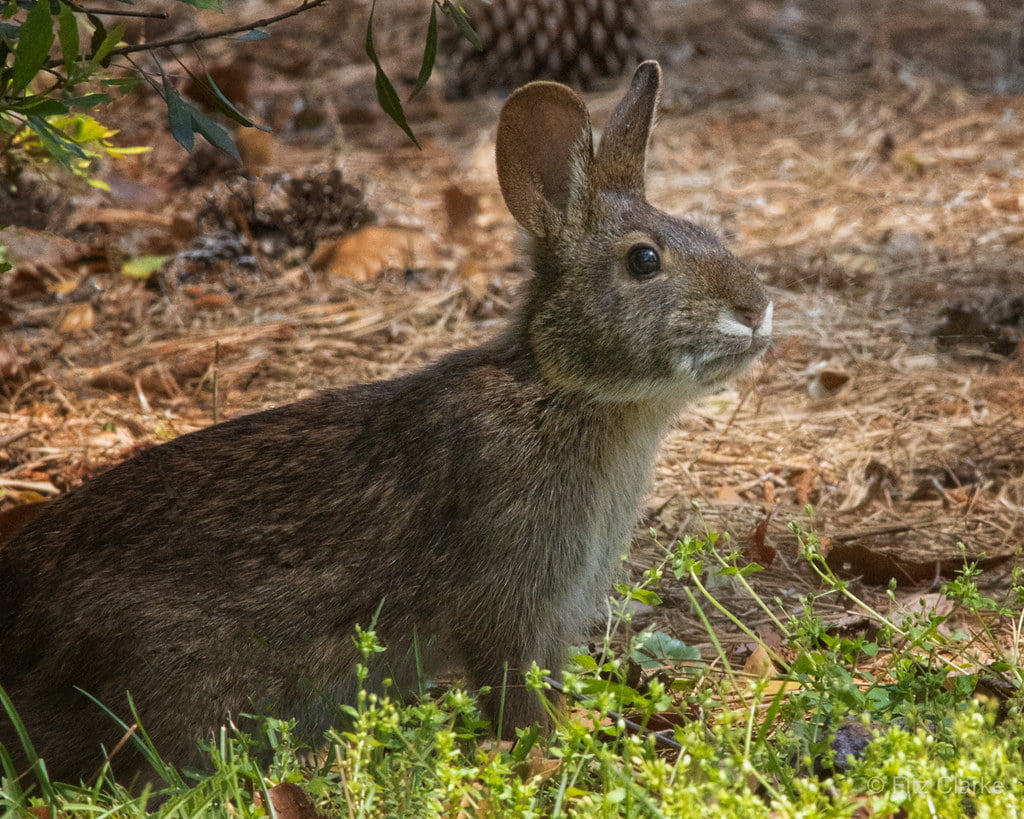
For Floridians, especially those with lakefront properties, creating a landscape that supports these native creatures, along with other wildlife like butterflies, can contribute significantly to local biodiversity and ecological health.
Understanding the Florida Marsh Rabbit
The Florida marsh rabbit is distinct from its cottontail relatives, primarily due to its darker, more water-resistant fur and smaller ears and legs. Adapted to wet conditions, marsh rabbits are often found near water bodies, making lakefront properties ideal for supporting their populations. They are primarily nocturnal, feeding on a variety of native grasses, sedges, and other plants during the cooler, safer night hours.
Native Plants for Marsh Rabbits and Butterflies
Transforming a Florida yard from a typical sodgrass lawn into a thriving native ecosystem can benefit not only marsh rabbits but also the local butterfly populations. Here are some native plants that are beneficial for both:
1. Grasses and Sedges
Muhly Grass (Muhlenbergia capillaris): This grass provides excellent cover for rabbits while its blooms attract butterflies.
Sawgrass (Cladium jamaicense): Common in natural Florida wetlands, it offers habitat and food for marsh rabbits.
Wiregrass (Aristida stricta): Another native grass, important in the diet of marsh rabbits and helpful in maintaining a balanced ecosystem.
2. Broadleaf Plants and Herbs
Blue Porterweed (Stachytarpheta jamaicensis): While serving as cover for marsh rabbits, it’s a nectar source for butterflies.
Frogfruit (Phyla nodiflora): This groundcover attracts a variety of butterflies while providing dense cover on the ground.
3. Shrubs and Small Trees
Wax Myrtle (Myrica cerifera): Provides shelter for rabbits and serves as a host plant for butterfly larvae.
Buttonbush (Cephalanthus occidentalis): Attracts butterflies with its flowers and provides shelter for marsh rabbits.
Saw Palmetto (Serenoa repens): Acts as a crucial cover for marsh rabbits and supports various wildlife species.
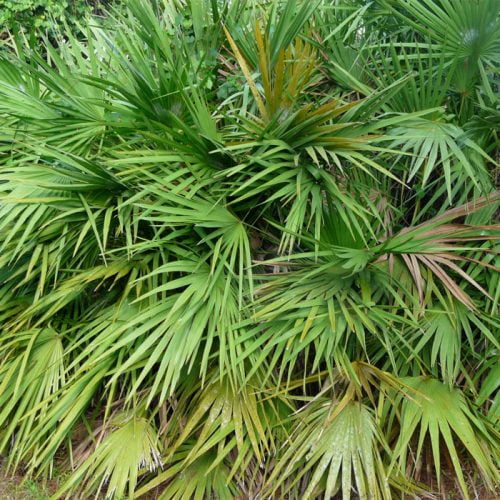
5 Florida-Native Saw Palmetto Seeds (Serenoa repens)
Saw Palmetto Seeds: Embark on a botanical journey with these native gems, perfect for cultivating a piece of Southeastern U.S. wilderness in your own space.
Includes 5 Saw Palmetto drupes. USDA Zones 8-11. 100% dormant/hardened.
Habitat Enhancement Tips for Lakefront Property Owners
Lakefront property owners have a unique opportunity to support local wildlife by allowing the water’s edge to remain natural and thick with native plants. Instead of maintaining manicured lawns that lead directly to the water, consider the following:
Allow Natural Growth: Let native plants grow undisturbed along the shoreline. This not only prevents erosion but also provides vital habitat for marsh rabbits and other wildlife.
Reduce Chemical Use: Avoid pesticides and herbicides, which can harm both the aquatic ecosystems and the animals that rely on them.
Incorporate Variety: Plant a mix of native grasses, shrubs, and flowering plants to create a robust ecosystem that supports a wide range of wildlife.
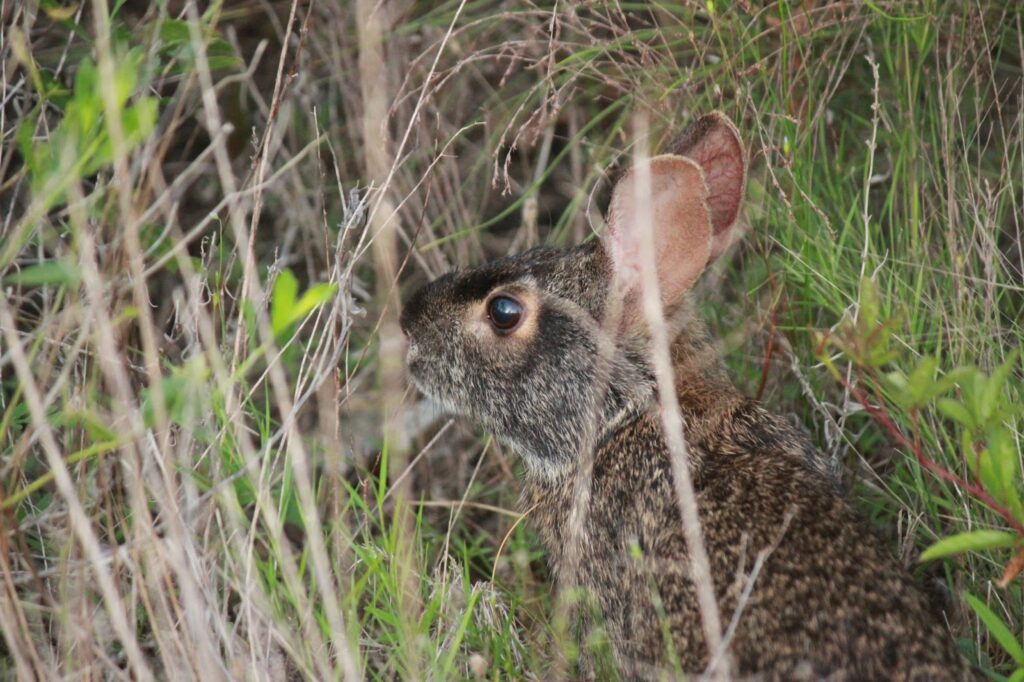
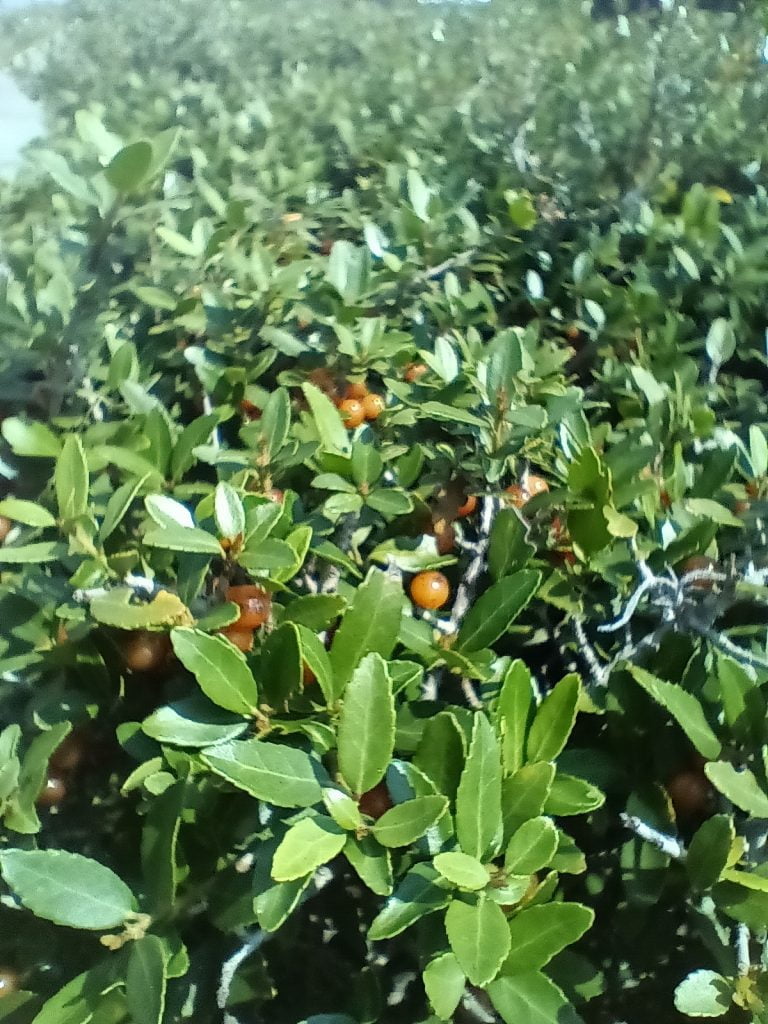
20 Florida-Native “Black Drink Holly” Seeds (Ilex nigrempotum) formerly “Yaupon”
20 or more seeds of the Florida-native, Black Drink Holly (Ilex nigrempotum), formerly known as “Yaupon.” Origin: Polk Co. FL Zone 9b.
Challenges with HOAs and Advocacy for Change
Many homeowners’ associations (HOAs) have strict landscaping rules that may not favor native plantings or wildlife-friendly practices. Here’s how you can advocate for change:
Educational Outreach: Share information with HOA boards and neighbors about the benefits of native landscaping for local wildlife and ecosystem health.
Propose Pilot Projects: Suggest small-scale projects to demonstrate the benefits of native plantings.
Highlight Aesthetics and Benefits: Educate on how native landscapes can be beautiful, reduce maintenance costs, and support local biodiversity.
By fostering an environment that mimics natural Florida ecosystems, homeowners can enjoy not only the beauty of native flora and fauna but also contribute to the sustainability of local wildlife populations, including the unique Florida marsh rabbit and vibrant butterfly species. This holistic approach to landscaping not only enhances aesthetic appeal but also ensures the preservation of Florida’s rich ecological heritage… one day at a time!
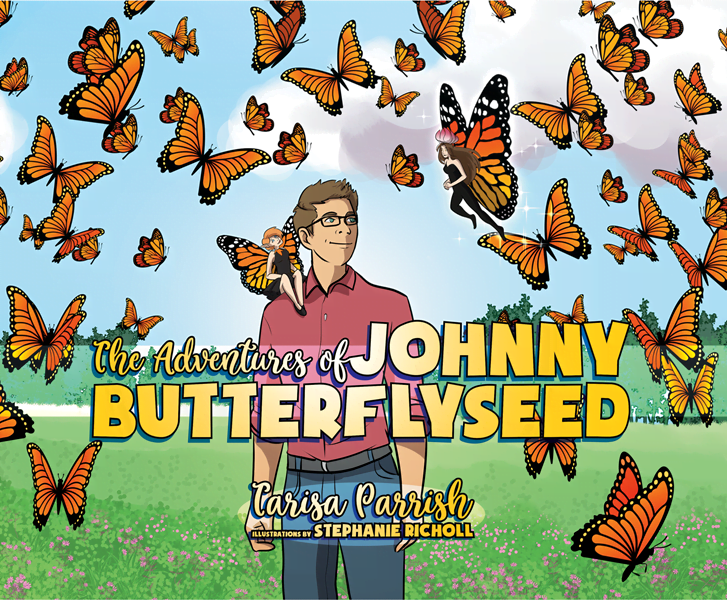
The Adventures of Johnny Butterflyseed – Author Signed First Edition Children’s Book
Save the monarchs!
Johnny Butterflyseed and his fairy friend, Raven Silverwing, embark on a mission to save the rapidly disappearing butterflies. They enlist the help of Queen Venus Goldwing and her kingdom of monarchs to educate and inspire kids to become butterfly farmers. At first, Johnny faces his own internal struggle with self-doubt and fear in his ability to make a difference, but then soon develops a mindset that allows him to not only get started, but also make progress one day at a time. Through challenge after challenge, Johnny learns that he is not alone in his mission and that there are many people who want to help. Together, Johnny, Raven, and Queen Venus educate thousands of children on becoming butterfly farmers.
